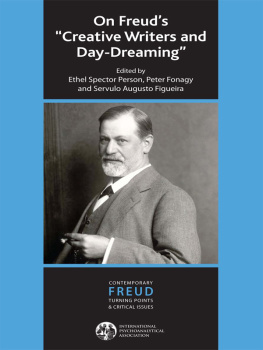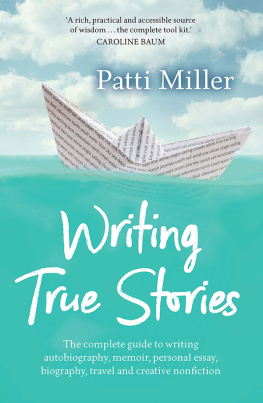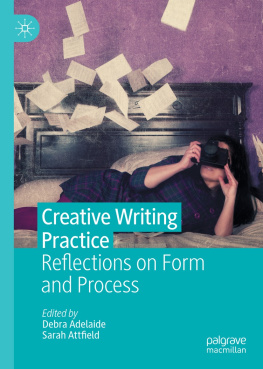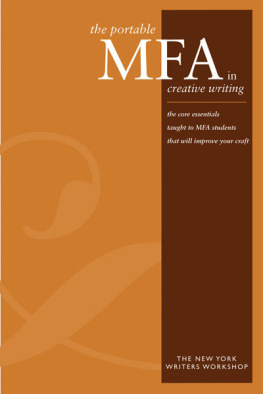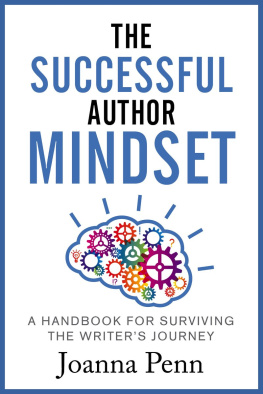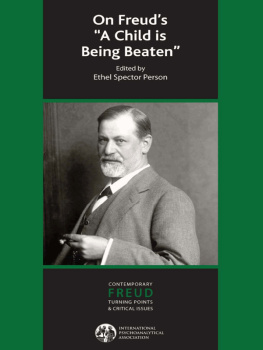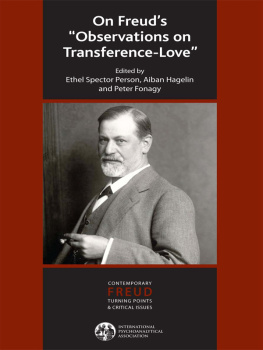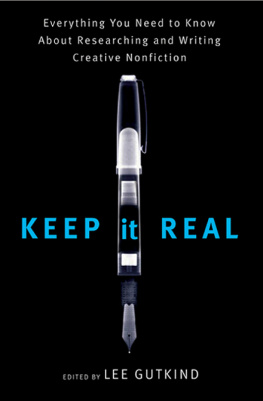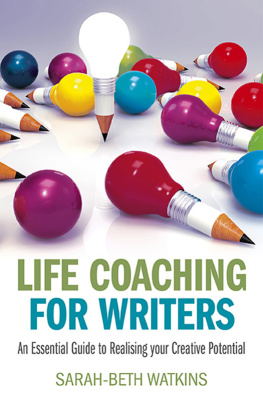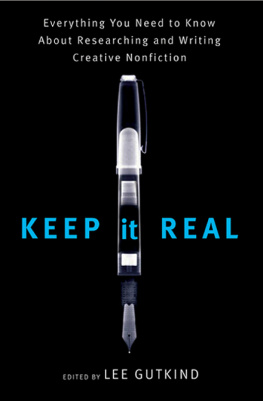A Masterpiece of Illumination

MARCOS AGUINIS
TRANSLATED BY PHILIP SLOTKIN
I
The year 1907 had been a fruitful one for Sigmund Freud, and its culmination was surely his successful lecture entitled Der Dichter und das Phantasieren (Creative Writers and Day-dreaming). On the night of 6 December, confident of breaking out of his isolation at last, the 51-year-old Freud made his way from Berggasse 19 to the crowded rooms of the publisher and bookseller Hugo Heller, the advertised venue for this presentation. Heller, a cultivated, restless, and enterprising man and himself a member of the Vienna Psycho-Analytical Society, had sent a questionnaire about their literary preferences to thirty-two well-known peopleincluding not only the provocative figure of Freud but also Hermann Bahr, August Forel, Thomas Masaryk, Hermann Hesse, Arthur Schnitzler, and Jakob Wassermann. Subsequently published as a pamphlet with an introduction by Hugo von Hofmannsthal, this questionnaire and Freud's responses give us some idea of his tastes at the time.
The room at Hugo Heller's was filled to capacity, and the controversial father of psychoanalysis astounded his audience with his original vision of the creative enigma. The next day Die Zeit printed an accurate summary of the lecture; the attention this vouchsafed stood in marked contrast to the hostile silence with which that journal had previously greeted his books. The complete version of the lecture appeared shortly afterward in a newly established Berlin literary periodical.
The subject was clearly one that was dear to Freud's heart. A year and a half earlier he had written his paper Psychopathic Characters on the Stage, and it was only a few months since the publication of his study of Jensen's novella Gradiva. It was in 1907, too, that he founded the series Schriften zur angewandten Seelenkunde, which eventually comprised twenty books on subjects customarily grouped together under the heading applied psychoanalysis. This wide-ranging collection demonstrated the potential extra-clinical applications of psychoanalysis. The series saw the first publication of contributions by C. G. Jung, Otto Rank, Karl Abraham, Ernest Jones, Isidor Sadger, Oskar Pfister, Franz Riklin, and Freud himself (his study of Gradiva and, later, his audacious study of Leonardo).
The prospectus for the Schriften, written by Freud, is an exemplary statement of principles, in which he fearlessly acknowledges that, in order to progress in an investigation, it is often necessary to shake off the straitjacket of excessive order and control. His avowed approach is disconcerting: he announces that, in the papers to be published, the knowledge gleaned from psychoanalysis will be applied to a variety of subjects and that the studies will sometimes bear the character of exact investigations, sometimes that of speculative efforts, attempting now to embrace a larger problem, now to penetrate into a more restricted one; but in every case they will be in the nature of original achievements and will avoid resembling mere reviews or compilations. He unhesitatingly admits that the Schriften are aimed at that wider circle of educated people who without actually being philosophers or medical men are nevertheless able to appreciate the science of the human mind for its significance in the understanding and deepening of our lives. This position is reinforced by an explicit defense of the pluralism that must hold sway in any genuine scientific research: The fact that the first numbers of the series take particular account of the theories which he [Freud, the editor] has advocated in the sphere of science should not determine the view taken of this enterprise. On the contrary, the series is open to the exponents of divergent opinions and hopes to be able to give expression to the variety of points of view and principles in contemporary science.
II
The lecture delivered by Freud on 6 December 1907 and subsequently published as Der Dichter und das Phantasieren oscillates in its subject matter between a character and an activity. On the one hand, we meet the Dichter, or creative writer, that strange being (143), and, on the other, we are told of the material embodiment of the mental process whose singular and inexhaustible products are fantasies. To put this differently, Freud is here extending the application of his method beyond the bounds of the clinical session (for a creative writer is not a patient lying on the couch) and throwing fresh light on the obscure subject of phantasy. Let us therefore follow Freud's chosen path in our consideration of both aspectsfirst, the methodological problems of analysis as applied to art and artists, and, second, the complex identity of the indefinable product that gushes forth from the psyche like the waters of a vast river.
Let us for a moment imagine Freud's audience, for the most part ignorant of the principles he already held to be sufficiently well established; we shall then take additional pleasure in the lucid and fascinating style in which he conveys his ideas and makes them understandable. He begins by, as it were, putting himself among the public at large: We laymen have always been intensely curious to knowfrom what sources that strange being, the creative writer, draws his material, and how he manages to make such an impression on us with it (143). The audience's interest is immediately aroused when he mentions the similar question put several hundred years earlier to Lodovico Ariosto by Cardinal Ippolito d'Este, to whom Ariosto had dedicated his exuberant epic poem Orlando Furioso: Where did you find so many stories, Lodovico? (143n1). The question arises again and again, as the secret of creativity cannot be discovered even by the author of these wondrous episodes. Nor would we be any more successful were we to subject artists to close scrutiny and record how they chose their material or what is unique about their working conditions: no insight, however seemingly genuine, will help to make creative writers of us (143). Creative writers themselves, astonished or frightened by the distance between their own rare kind and the common run of humanity, would if possible lessen this distance, assuring us as they do so that every man is a creative artist at heart.
This, for Freud, is as true as the fact that a neurotic lies concealed within every normal human being, but he does not say so because he would not have been understood. Instead of turning away from his initial question, he tries to answer it, if only partially. He applies his method, which consists in observation of the multifaceted entity represented by each problem, using the discoveries afforded by his meticulous approach to clinical practice. He deduces and applies. This is neither a mechanical nor a simple process, but it illuminates various aspects of his subject.
Consistent with his discoveries, he therefore proposes that the origins of literary activity should be sought in the child. Coming straight to the point, he notes that the best-loved and most intense occupation of infancy is play. This may appear a truism today, but until then it had been a matter of little interest, like sexuality, the importance of dreams, and the value of jokes or parapraxes. A significant point is that the child takes his play seriously and invests it with considerable emotion. Playing calls for the shedding of what we normally regard as reality. However, shedding reality does not mean ignoring it; rather, it is used on the manifest level to underpin the imagined situations and objects. Play is not yet adult phantasy because it requires material from the real world.
Next page
